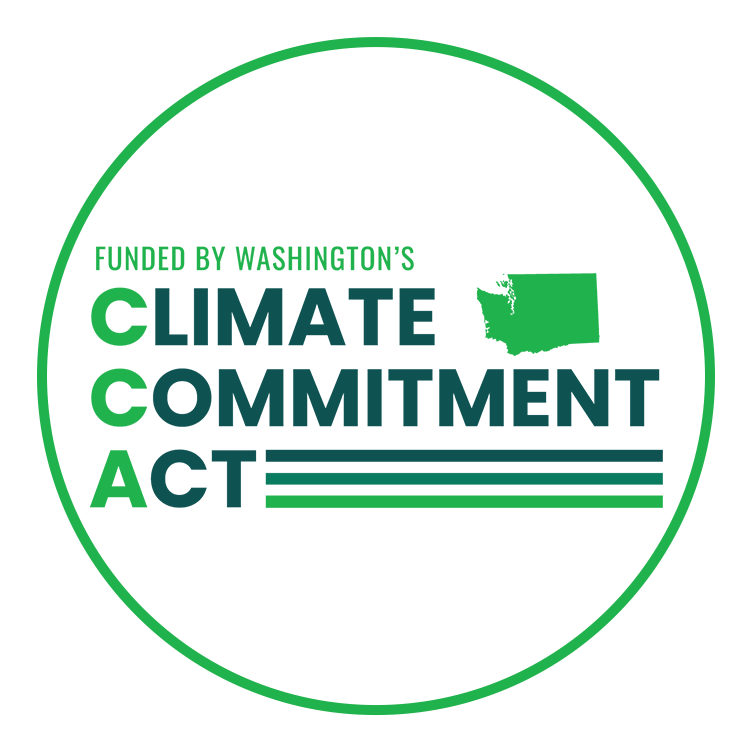The State of the State: The good and the ugly

In his State of the State address, Governor Inslee highlighted two approaches to cutting CO2 emissions. The contrast between the two could not be more dramatic.
The Governor highlighted a project to capture methane emissions from a landfill in Klickitat County. He noted, “Klickitat County PUD implemented an advanced cryogenic nitrogen removal system that allows it to scrub methane from the landfill in Roosevelt.”
Methane capture is one of the most cost-effective ways to cut greenhouse gases. Seattle City Light invests in these types of projects to offset the natural gas generation it relies on occasionally. They pay about $7 to reduce one metric ton of CO2 using methane capture.
By way of contrast, the Governor went on to advocate for a low-carbon fuel standard (LCFS). He claimed, “That standard has been in place for years in every other state and province on the West Coast, with little impact on fuel costs and significant impact on carbon emissions.” This is not correct.
In Oregon, it currently costs more than $150 to reduce one metric ton of CO2 – more than 21 times the price of methane capture. The LCFS is extremely expensive. Additionally, the price is going up. The cost at the pump more than doubled in 2019, and it is only 15 percent of the way toward the ultimate requirement.
In 2018, Oregon reports that the average cost to reduce CO2 with the LCFS was $84.06 and the program reduced 948,696 metric tons of CO2, for a total cost of $79.75 million. The state could have achieved those same reductions for $6.64 million – a difference of $73 million. Oregon wasted $73 million that could have gone to employee salaries, business expansion, or cutting more CO2. Instead, it was wasted.
Even worse, Oregon is positively cheap compared to California, where the current price is $195 per metric ton, 30 percent more expensive than Oregon.
Rather than encouraging low-cost, high-reward projects like methane capture, the Governor and legislators have their eyes set on the LCFS. It is a good example of why Washington spends so much time talking about climate policy even as we miss every target.





